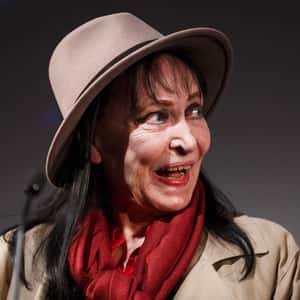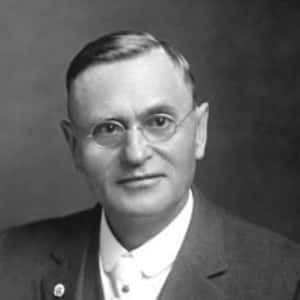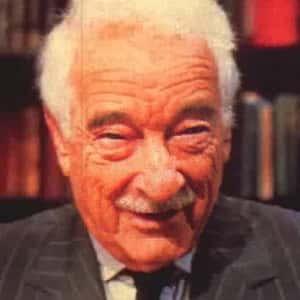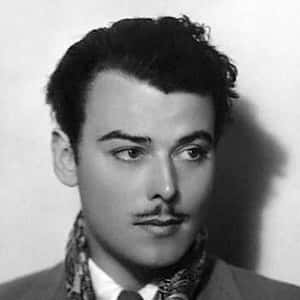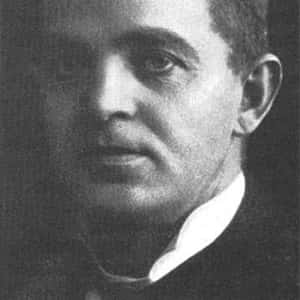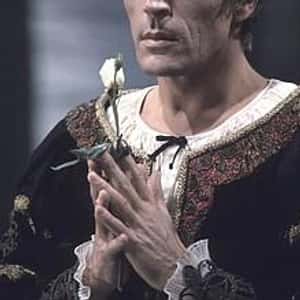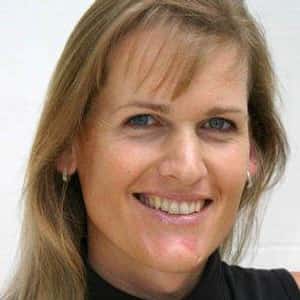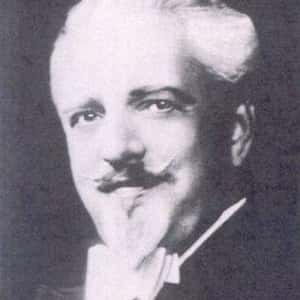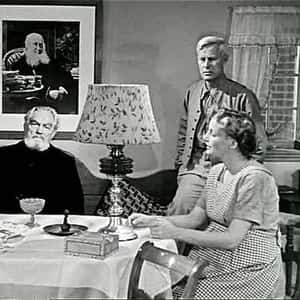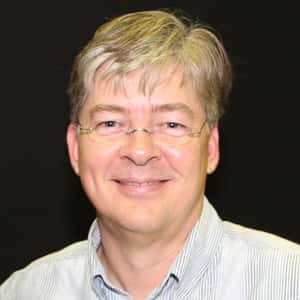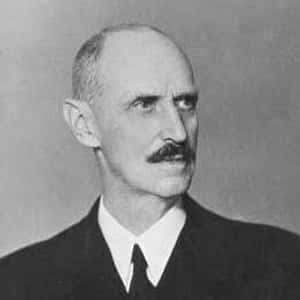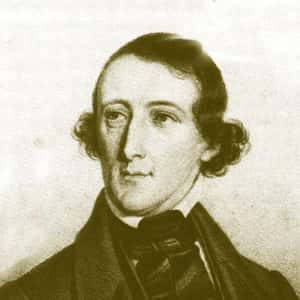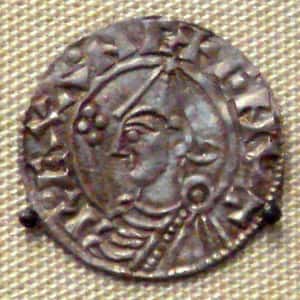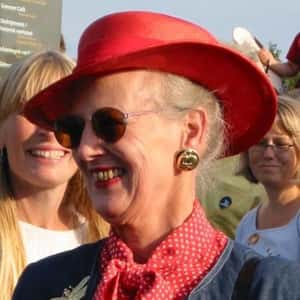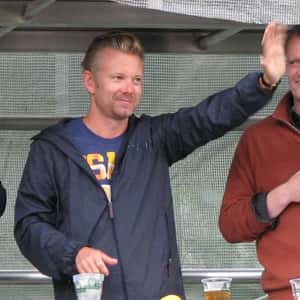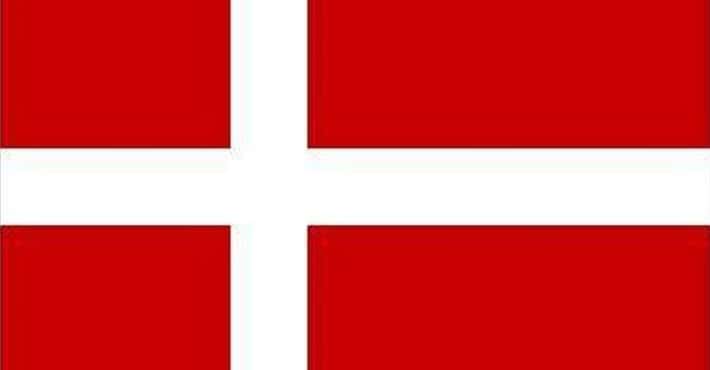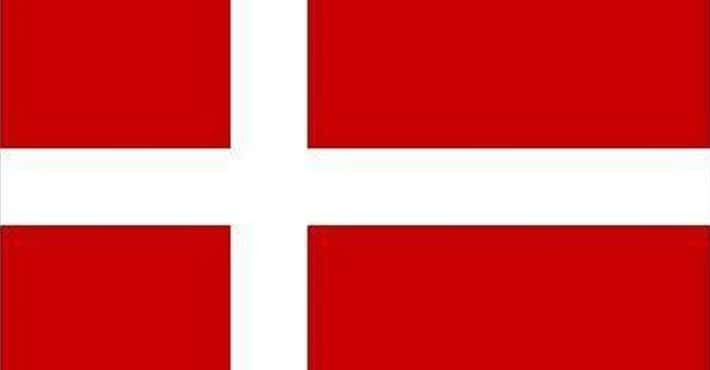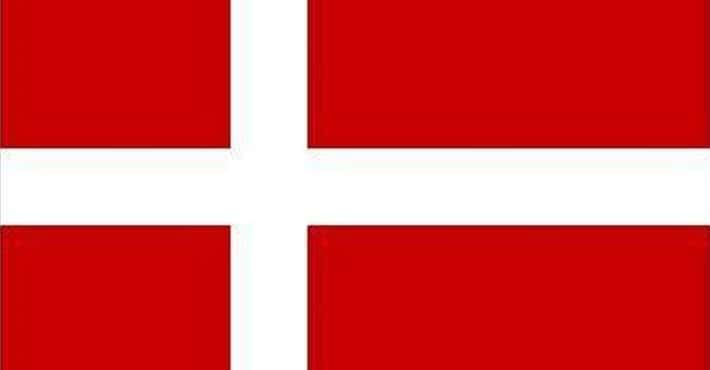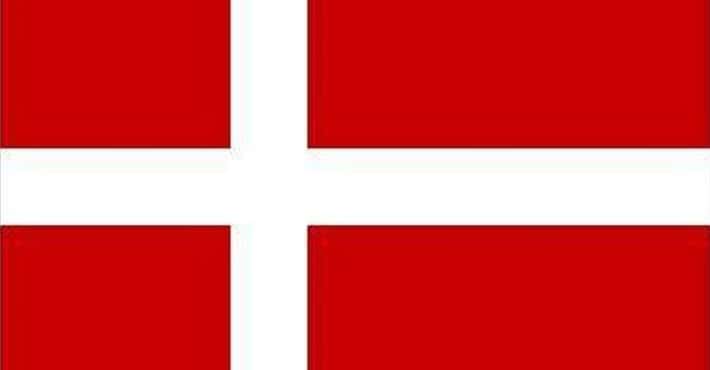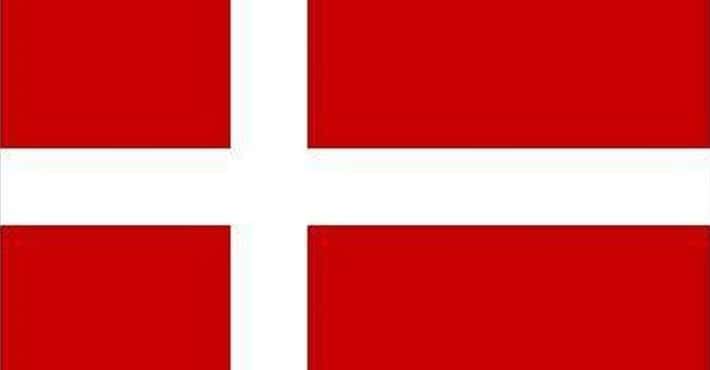Famous People From Denmark
- Age: 41Lykke May Andersen (born 16 June 1982), known as May Andersen, is a Danish model. She is best known for her work with Victoria's Secret and the Sports Illustrated Swimsuit Issue. She was once assistant director of The Hole, an art gallery, in New York City.
- Age: 41Anine Bing is a women's fashion brand. The brand is based out of Los Angeles, CA. The founder, Anine Bing, is also a blogger as well as a former model and singer.
- Age: 83Anna Karina (22 September 1940 - 14 December 2019) was a Danish-French film actress, director, writer, and singer. She rose to prominence as French New Wave director Jean-Luc Godard's muse in the 1960s, performing in several of his films, including The Little Soldier (1960), A Woman Is a Woman (1961), Vivre sa vie (1962), Band of Outsiders (1964), and Pierrot le Fou and Alphaville (both 1965). In 1972, Karina set up a production company for her directorial debut, Vivre ensemble (1973), which screened in the Critics’ Week lineup at the 26th Cannes Film Festival. She also directed the French-Canadian film Victoria (2008). In addition to her work in cinema, she has worked as a singer, and has written several novels in French.Karina is widely considered an icon of 1960s cinema. The New York Times has described her as "one of the screen’s great beauties and an enduring symbol of the French New Wave."More Anna Karina
- #93 of 103 onThe Most Beautiful Women Of The '60s
- #173 of 195 on195 Celebrities With Gemini Moons
- #61 of 90 onWho Is The Most Famous Anna In The World?
- Dec. at 53 (1865-1919)Max Heindel (born Carl Louis von Grasshoff, July 23, 1865 – January 6, 1919) was a Danish-American Christian occultist, astrologer, and mystic.
- Dec. at 91 (1909-2000)Børge Rosenbaum (3 January 1909 – 23 December 2000), known professionally as Victor Borge ( BOR-gə), was a Danish comedian, conductor, and pianist who achieved great popularity in radio and television in the United States and Europe. His blend of music and comedy earned him the nicknames "The Clown Prince of Denmark," "The Unmelancholy Dane," and "The Great Dane."More Victor Borge
- #32 of 140 onThe Funniest Jewish Comedians Of All Time
- #136 of 262 onThe Funniest Stand-Up Comedians Of All Time
- #176 of 365 onThe 100+ Funniest People Of All Time
Nils Asther
Dec. at 84 (1897-1981)Nils Anton Alfhild Asther (17 January 1897 – 19 October 1981) was a Swedish actor active in Hollywood from 1926 to the mid-1950s, known for his beautiful face and often called "the male Greta Garbo". Between 1916 and 1963 he appeared in over 70 feature films, 16 of which were produced in the silent era. He is mainly remembered today for two silent films he made with his fellow Swede, Greta Garbo, and the pre-Code interracial love affair in The Bitter Tea of General Yen.- Dec. at 90 (1905-1996)Piet Hein (16 December 1905 – 17 April 1996) was a Danish polymath (mathematician, inventor, designer, author and poet), often writing under the Old Norse pseudonym Kumbel, meaning "tombstone". His short poems, known as gruks or grooks (Danish: gruk), first started to appear in the daily newspaper Politiken shortly after the German occupation of Denmark in April 1940 under the pseudonym "Kumbel Kumbell".
- Dec. at 66 (1865-1931)Carl August Nielsen (Danish: [kʰal ˈnelsn̩]; 9 June 1865 – 3 October 1931) was a Danish composer, conductor and violinist, widely recognized as his country's most prominent composer. Brought up by poor yet musically talented parents on the island of Funen, he demonstrated his musical abilities at an early age. He initially played in a military band before attending the Royal Danish Academy of Music in Copenhagen from 1884 until December 1886. He premiered his Op. 1, Suite for Strings, in 1888, at the age of 23. The following year, Nielsen began a 16-year stint as a second violinist in the Royal Danish Orchestra under the conductor Johan Svendsen, during which he played in Giuseppe Verdi's Falstaff and Otello at their Danish premieres. In 1916, he took a post teaching at the Royal Danish Academy and continued to work there until his death. Although his symphonies, concertos and choral music are now internationally acclaimed, Nielsen's career and personal life were marked by many difficulties, often reflected in his music. The works he composed between 1897 and 1904 are sometimes ascribed to his "psychological" period, resulting mainly from a turbulent marriage with the sculptor Anne Marie Brodersen. Nielsen is especially noted for his six symphonies, his Wind Quintet and his concertos for violin, flute and clarinet. In Denmark, his opera Maskarade and many of his songs have become an integral part of the national heritage. His early music was inspired by composers such as Brahms and Grieg, but he soon developed his own style, first experimenting with progressive tonality and later diverging even more radically from the standards of composition still common at the time. Nielsen's sixth and final symphony, Sinfonia semplice, was written in 1924–25. He died from a heart attack six years later, and is buried in Vestre Cemetery, Copenhagen. Nielsen maintained the reputation of a musical outsider during his lifetime, both in his own country and internationally. It was only later that his works firmly entered the international repertoire, accelerating in popularity from the 1960s through Leonard Bernstein and others. In Denmark, Nielsen's reputation was sealed in 2006 when three of his compositions were listed by the Ministry of Culture amongst the twelve greatest pieces of Danish music. For many years, he appeared on the Danish hundred-kroner banknote. The Carl Nielsen Museum in Odense documents his life and that of his wife. Between 1994 and 2009 the Royal Danish Library, sponsored by the Danish government, completed the Carl Nielsen Edition, freely available online, containing background information and sheet music for all of Nielsen's works, many of which had not been previously published.
- Dec. at 57 (1928-1986)Erik Belton Evers Bruhn (3 October 1928 – 1 April 1986) was a Danish danseur, choreographer, artistic director, actor, and author.
- Dec. at 69 (1902-1971)Arne Emil Jacobsen, Hon. FAIA was a Danish architect and designer. He is remembered for his contribution to architectural Functionalism as well as for the worldwide success he enjoyed with simple but effective chair designs.
- Age: 50Camilla Sacre-Dallerup (born 6 April 1974) is a Danish author, life coach hypnotherapist and ballroom dancer.
Mianne Bagger
Age: 57Mianne Bagger (born in 25 December 1966) is a professional golfer from Denmark. Bagger moved with her family to Australia in 1979, when she was twelve and started to again play golf fully in 1998, first as an amateur player, then turning professional in 2003. In 2004, by playing in the Women's Australian Open, she became the first openly transitioned woman to play in a professional golf tournament. She also became the first trans woman to qualify for the Ladies European Tour in 2004, also becoming the first high-profile transitioned woman to qualify for a professional sports tour since Renee Richards joined the Women's Tennis Association tour during the 1970s.She has been instrumental in gaining eligibility for transitioned women to compete on professional golf tours. Through her efforts, many professional golf organizations have amended their practices, but the policies generally still constrict rules of gender variance, and view atypically gendered women as something other than women. Bagger has sought to remove gender policies, specifically female-at-birth, as more problematic than helpful, and encourage sports organizations to see "a fuller understanding and acceptance of gender variance and human diversity."- Dec. at 71 (1883-1955)Harry August Jansen (October 3, 1883 – June 15, 1955) was a Danish-born entertainer who settled in the United States. He traveled the world as a professional magician under the name Dante the Magician.
- Dec. at 84 (1879-1963)Soren Sorensen "Sam" Adams (May 24, 1879 – October 20, 1963) was a Danish-American inventor and manufacturer of novelty products, including the joy buzzer.
- Dec. at 79 (1889-1968)Carl Theodor Dreyer (Danish: [kʰaːˀl tˢeːotoɐ̯ ˈtʁaɪ̯ɐ]; 3 February 1889 – 20 March 1968), commonly known as Carl Th. Dreyer, was a Danish film director. He is regarded by many critics and filmmakers as one of the greatest directors in cinema. His best known films include The Passion of Joan of Arc (1928), Vampyr (1932), Day of Wrath (1943), Ordet (1955), and Gertrud (1964).
- Age: 96Kai Pindal is a film director, screenwriter and production designer.
- Age: 63Anders Hejlsberg (, born 2 December 1960) is a prominent Danish software engineer who co-designed several popular and commercially successful programming languages and development tools. He was the original author of Turbo Pascal and the chief architect of Delphi. He currently works for Microsoft as the lead architect of C# and core developer on TypeScript.
- Dec. at 69 (1886-1956)Jean Pierre Carl Buron (12 July 1886 – 2 June 1956), known professionally as Jean Hersholt, was a Danish-American actor. He is best known for starring on the radio series Dr. Christian (1937–1954) and in the film Heidi (1937).Asked how to pronounce his name, he told The Literary Digest, "In English, her'sholt; in Danish, hairs'hult." Of his total credits, 75 were silent films and 65 were sound films (140 total); he directed four.More Jean Hersholt
- Dig Deeper...Famous People Who Died in Los Angeles
- And Deeper...Famous People Who Died of Cancer
- #13 of 73 onWho Is The Most Famous Jean In The World?
- Age: 44Rasmus Quist Hansen (born 5 April 1980 in Middelfart), also known as Rasmus Quist, is a Danish rower and double World Champion in the lightweight double sculls, with his partner Mads Rasmussen. Quist and Rasmussen placed first in the 2012 Summer Olympics in London, third in the 2008 Summer Olympics in Beijing and fourth in the 2004 Summer Olympics in Athens.
- Dec. at 85 (1872-1957)Haakon VII (Norwegian pronunciation: [ˈhoːkɔn]; born Christian Frederik Carl Georg Valdemar Axel; 3 August 1872 – 21 September 1957) was the King of Norway from November 1905 until his death in September 1957. Haakon was originally Prince Carl of Denmark, the second son of the future Frederick VIII of Denmark and Louise of Sweden. He was educated at the Royal Danish Naval Academy and served in the Royal Danish Navy. After the 1905 dissolution of the union between Sweden and Norway, Prince Carl was offered the Norwegian crown. Following a November plebiscite, he accepted the offer and was formally elected King of Norway by the Storting. He took the Old Norse name Haakon and ascended to the throne as Haakon VII, becoming the first independent Norwegian monarch since 1387. Norway was invaded by Nazi Germany in April 1940. Haakon rejected German demands to legitimize Vidkun Quisling's puppet government and refused to abdicate after going into exile in Britain. As such, he played a pivotal role in uniting the Norwegian nation in its resistance to the invasion and the subsequent five-year-long occupation during the Second World War. He returned to Norway in June 1945 after the defeat of Germany. Haakon died at the age of 85 in September 1957, after having reigned for nearly 52 years. He was succeeded by his only son, who ascended to the throne as Olav V.
- Dec. at 74 (1805-1879)August Bournonville (21 August 1805 – 30 November 1879) was a Danish ballet master and choreographer. He was the son of Antoine Bournonville, a dancer and choreographer trained under the French choreographer, Jean Georges Noverre, and the nephew of Julie Alix de la Fay, née Bournonville, of the Royal Swedish Ballet. Bournonville was born in Copenhagen, Denmark, where his father had settled. He trained with his father Antoine Bournonville as well he studied under the Italian choreographer Vincenzo Galeotti at the Royal Danish Ballet, Copenhagen, and in Paris, France, under French dancer Auguste Vestris. He initiated a unique style in ballet known as the Bournonville School. Following studies in Paris as a young man, Bournonville became solo dancer at the Royal Ballet in Copenhagen. From 1830 to 1848 he was choreographer for the Royal Danish Ballet, for which he created more than 50 ballets admired for their exuberance, lightness and beauty. He created a style which, although influenced from the Paris ballet, is entirely his own. As a choreographer, he created a number of ballets with varied settings that range from Denmark to Italy, Russia to South America. A limited number of these works have survived. Bournonville's work became known outside Denmark only after World War II. Since 1950, The Royal Ballet has several times made prolonged tours abroad, not the least to the United States, where they have performed his ballets. Bournonville's best-known ballets are La Sylphide (1836), Napoli (1842), Le Conservatoire (1849), The Kermesse in Bruges (1851) and A Folk Tale (1854).
- Dec. at 45 (990-1035)Cnut the Great (; Old English: Cnut se Micela; Old Norse: Knútr inn ríki; c. 995 – 12 November 1035), also known as Canute, whose father was Sweyn Forkbeard (which gave him the patronym Sweynsson, Old Norse: Sveinsson), was King of Denmark, England and Norway; together often referred to as the North Sea Empire. Yet after the deaths of his heirs within a decade of his own, and the Norman conquest of England in 1066, this legacy was lost. He is popularly invoked in the context of the legend of King Canute and the tide, which usually misrepresents him as a deluded monarch believing he has supernatural powers, contrary to the original legend which portrays a wise king who rebuked his courtiers for their fawning behaviour. As a Danish prince, Cnut won the throne of England in 1016 in the wake of centuries of Viking activity in northwestern Europe. Scotland submitted to him in 1017. His later accession to the Danish throne in 1018 brought the crowns of England and Denmark together. Cnut sought to keep this power-base by uniting Danes and English under cultural bonds of wealth and custom, as well as through sheer brutality. After a decade of conflict with opponents in Scandinavia, Cnut claimed the crown of Norway in Trondheim in 1028. The Swedish city Sigtuna was held by Cnut (he had coins struck there that called him king, but there is no narrative record of his occupation).Dominion of England lent the Danes an important link to the maritime zone between the islands of Great Britain and Ireland, where Cnut, like his father before him, had a strong interest and wielded much influence among the Norse–Gaels. Cnut's possession of England's dioceses and the continental Diocese of Denmark—with a claim laid upon it by the Holy Roman Empire's Archdiocese of Hamburg-Bremen—was a source of great prestige and leverage within the Catholic Church and among the magnates of Christendom (gaining notable concessions such as one on the price of the pallium of his bishops, though they still had to travel to obtain the pallium, as well as on the tolls his people had to pay on the way to Rome). After his 1026 victory against Norway and Sweden, and on his way back from Rome where he attended the coronation of the Holy Roman Emperor, Cnut, in a letter written for the benefit of his subjects, deemed himself "King of all England and Denmark and the Norwegians and of some of the Swedes". The Anglo-Saxon kings used the title "king of the English". Cnut was ealles Engla landes cyning—"king of all England". Medieval historian Norman Cantor called him "the most effective king in Anglo-Saxon history".
- Age: 68Lars Ulrik Mortensen is a Danish harpsichordist and conductor largely in Baroque solo and chamber music and Early music repertory. He was a professor in Munich in 1996-99 and has since then been artistic director of Concerto Copenhagen. He received the Léonie Sonning Music Prize in 2007.
- Age: 88Kurt Westergaard (born Kurt Vestergaard; 13 July 1935) is a Danish cartoonist who created the controversial cartoon of a terrorist, although not the Islamic prophet Muhammad as it is often claimed, wearing a bomb in his turban. This cartoon was the most contentious of the 12 Jyllands-Posten Muhammad cartoons, which met with strong reactions from Muslims worldwide, including Western countries. Since the drawing of the cartoon, Westergaard has received numerous death threats and been a target of assassination attempts. As a result, he is under constant police protection.
- Age: 84Margrethe II (born 16 April 1940) is the Queen of Denmark, as well as the supreme authority of the Church of Denmark and Commander-in-Chief of the Danish Defence. Born into the House of Glücksburg, a royal house with origins in Northern Germany, she was the eldest child of Frederick IX of Denmark and Ingrid of Sweden. She became heir presumptive to her father in 1953, when a constitutional amendment allowed women to inherit the throne. Margrethe succeeded her father upon his death on 14 January 1972. On her accession, she became the first female monarch of Denmark since Margrethe I, ruler of the Scandinavian kingdoms in 1375–1412 during the Kalmar Union. In 1967, she married Henri de Laborde de Monpezat, with whom she has two sons: Crown Prince Frederik and Prince Joachim. She has been on the Danish throne for 47 years, becoming the second-longest-reigning Danish monarch after her ancestor Christian IV.
- Age: 51DQ (born Peter Andersen on 16 February 1973) is a Danish singer and drag queen who won the Danish Melodi Grand Prix 2007 and therefore represented Denmark in the Eurovision Song Contest 2007 with the song "Drama Queen". The song was eliminated in the semi-final stage.
- Age: 55Casper Lindholm Christensen (born 22 August 1968) is a Danish comedian. He has hosted many shows including Casper & Mandrilaftalen, the Danish airing of Shooting Stars and Don't Forget Your Toothbrush (Husk lige tandbørsten), and the Danish version of Deal or No Deal. He also had a leading role in the Danish sit-coms Langt fra Las Vegas (Far from Las Vegas) and Klovn (Clown/Fool).
Claus von Bülow
Age: 97Claus von Bülow (born Claus Cecil Borberg; 11 August 1926 – 25 May 2019) was a Danish-British socialite. He was convicted of the attempted murder of his wife Sunny von Bülow (born Martha Sharp Crawford, 1932–2008) in 1979, which had left her in a temporary coma, as well as insulin overdose in 1980 which left her in a persistent vegetative state for the rest of her life. On appeal, however, both convictions were reversed, and he was found not guilty at his second trial.Jens Risom
Age: 107Jens Risom ( JENSS REE-səm; 8 May 1916 – 9 December 2016) was a Danish American furniture designer. An exemplar of Mid-Century modern design, Risom was one of the first designers to introduce Scandinavian design in the United States.- Age: 85Per Kirkeby (1 September 1938 – 9 May 2018) was a Danish painter, poet, film maker and sculptor.




